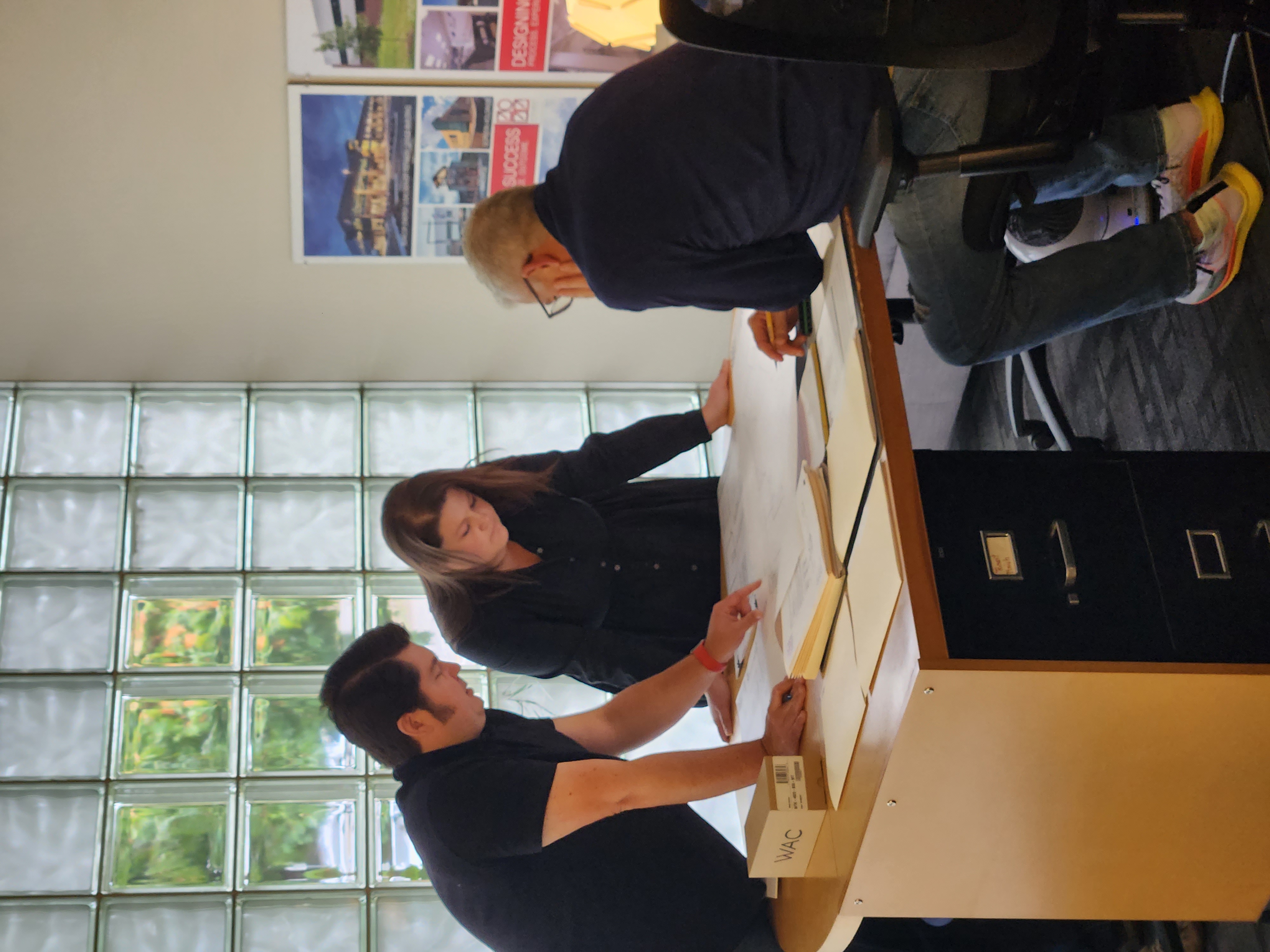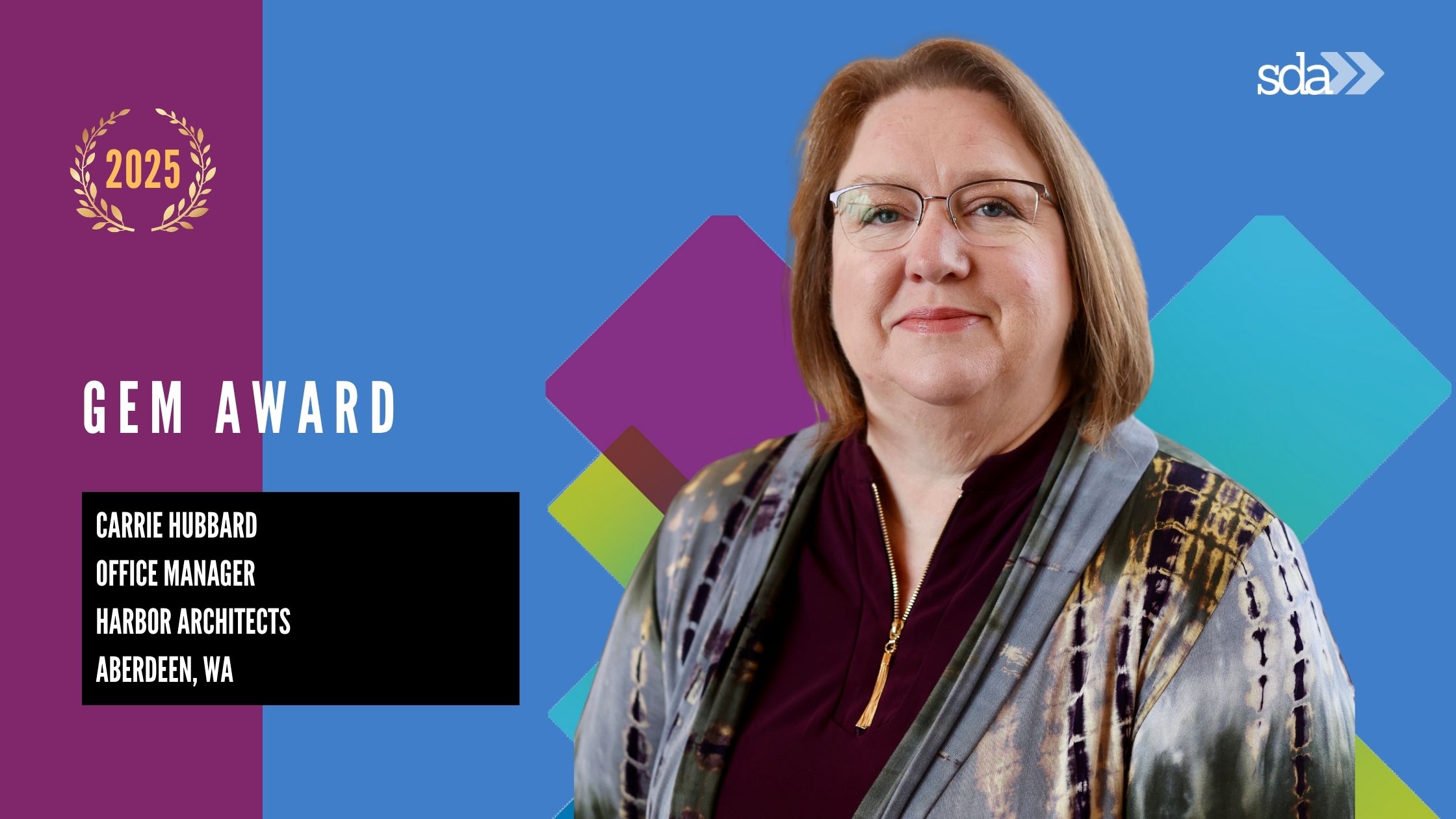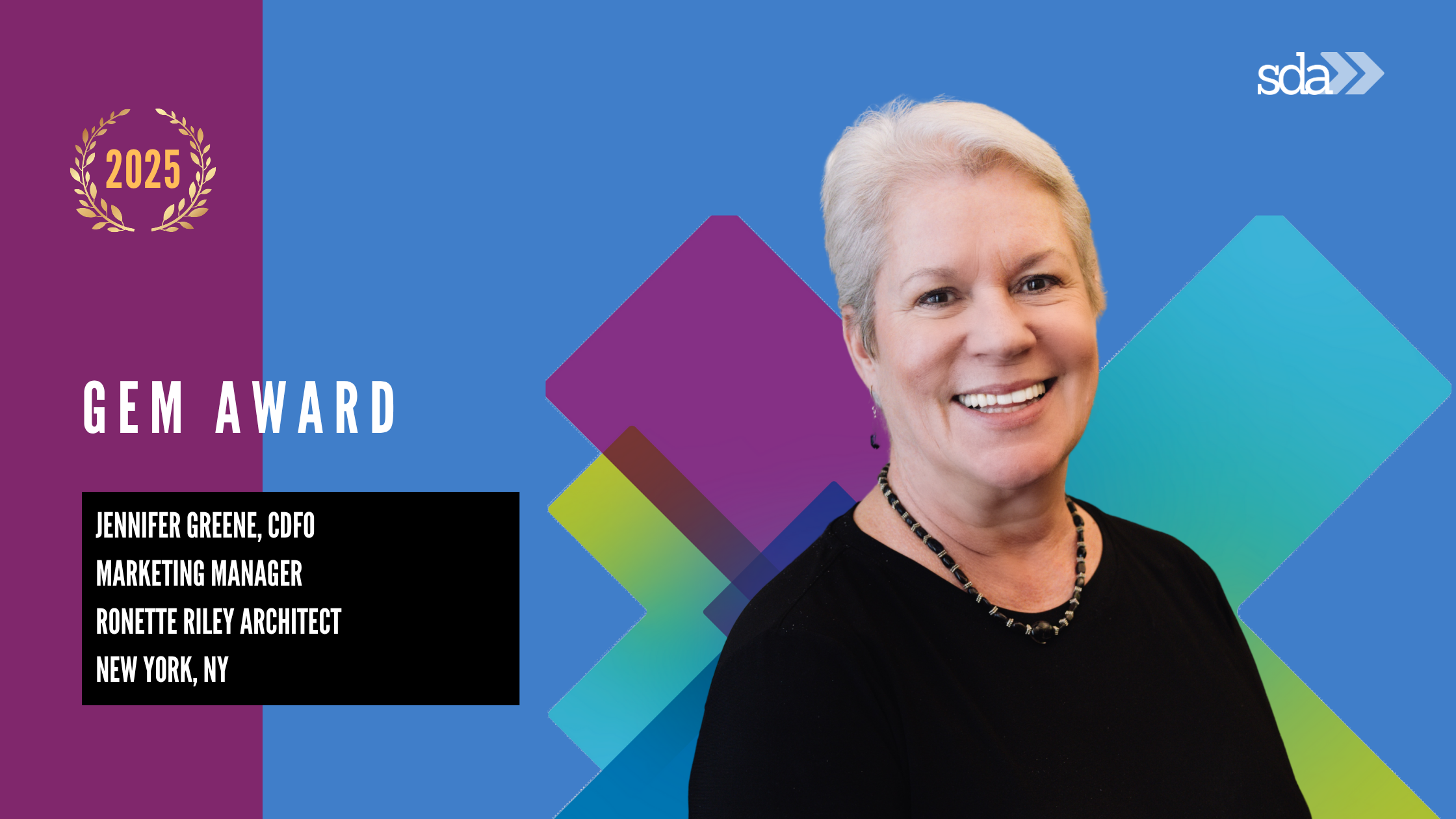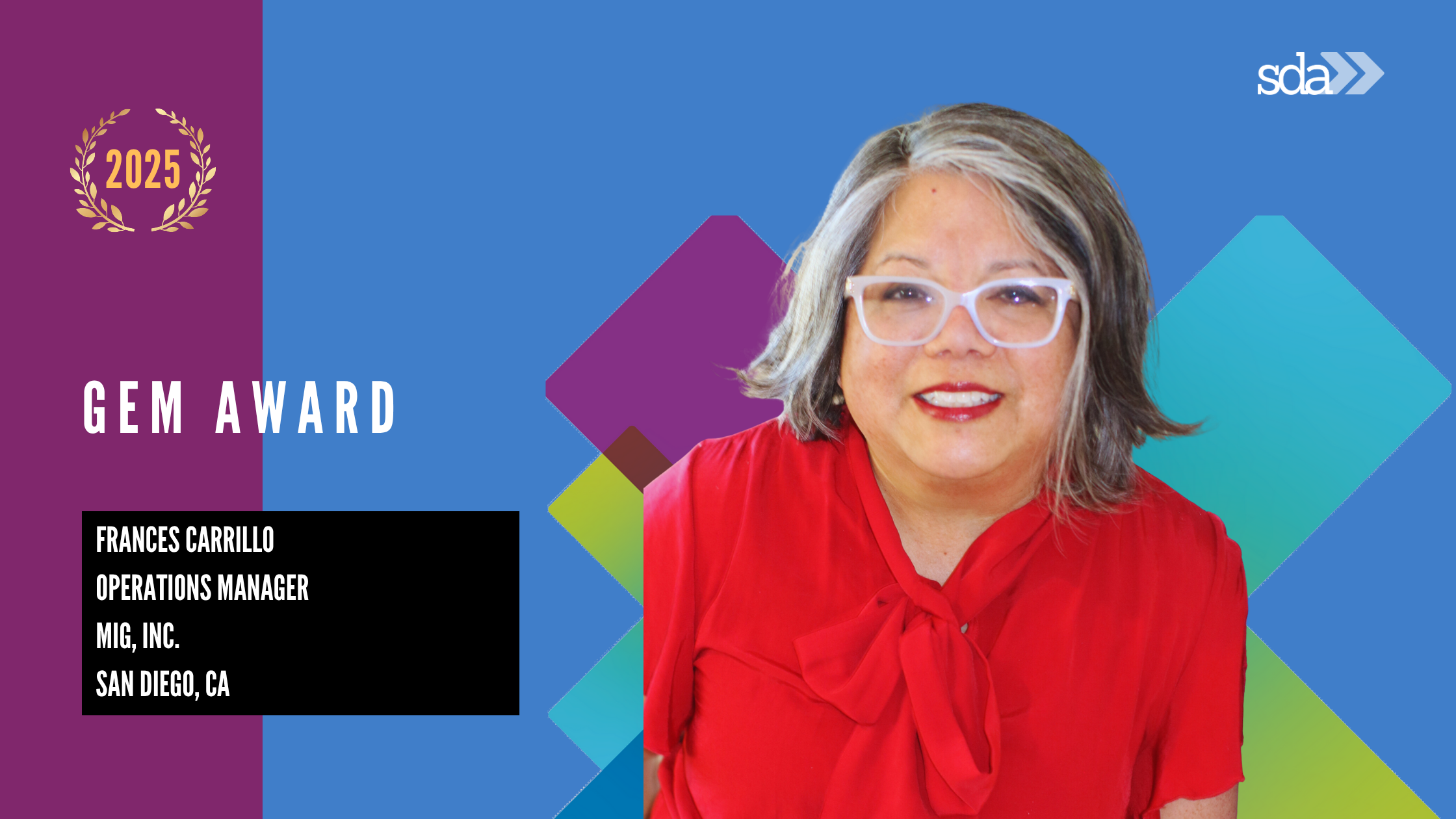  
|
Posted By Sarah Kratzner,
Tuesday, December 2, 2025
Updated: Tuesday, December 2, 2025
|

Founded in 1973, Intergroup Architects has been a trusted name in commercial design for over 50 years. Headquartered in Littleton, Colorado, we offer architectural, planning, and interior design services across the nation. Our work spans a diverse range of industries, including office spaces, healthcare, education, retail, industrial, and more, with over 11,000 projects completed in 36 states. We’ve built a reputation for delivering designs that not only meet the immediate needs of our clients but also foster long-term growth and success.
A Focus on Client Partnerships
At Intergroup, we understand that every project is unique, and that’s why we approach each one with a commitment to collaboration and trust. Whether you’re a large corporation, a small startup, or a government agency, we believe in building long-term partnerships that are grounded in clear communication and mutual success. Our team works closely with you to understand your vision, goals, and challenges, ensuring that the end result is a space that helps your business thrive.
Our approach to design is grounded in our iGTechnique—a step-by-step process that guides every project from concept to completion. This proven method ensures we stay aligned with client goals and project objectives, while also providing a seamless and enjoyable experience. Our five-stage approach includes:
1. Define the Vision – Understanding your goals and aspirations.
2. Translate the Concept – Transforming ideas into workable designs.
3. Refine and Balance the Design – Ensuring form meets function and sustainability.
4. Make it Real – Bringing the design to life through careful planning.
5. Get it Built – Delivering the project on time and within budget.
By adhering to this process, we ensure that every project is completed efficiently and to the highest standards, making your experience as smooth as possible.
A Team Built for Success
At the heart of Intergroup is our team—a group of 13 dedicated professionals, including licensed architects, LEED Accredited Professionals, and industry experts. We value collaboration, accountability, and continuous professional growth. Every team member plays a key role in the firm’s success, contributing to a culture of creativity, innovation, and excellence. This collaborative approach allows us to deliver projects that meet both the technical requirements and the specific needs of each client.
Industrial Design Expertise
Intergroup is also a recognized leader in industrial design. With over 200 industrial buildings completed, our expertise covers everything from manufacturing and warehousing to high-tech facilities and distribution centers. Our designs are tailored to maximize efficiency, flexibility, and sustainability, while also addressing industry-specific needs, such as energy efficiency, truck access, and product flow. Whether it’s a large-scale project like a multi-phased industrial park or a smaller, specialized facility, we have the experience and technical know-how to deliver outstanding results.
Client-Centered Approach
Our commitment to exceptional service is reflected in the fact that over 85% of our business comes from repeat clients or referrals. We pride ourselves on creating a strong, transparent relationship with each client, ensuring that all stakeholders are aligned and informed throughout the process. Our principal-led service is another key factor in our success. Bill Smith and Tony Casey, our senior principals, are actively involved in every project, providing direct oversight and ensuring that our clients receive the highest level of service and design quality.
Government Project Expertise
Intergroup Architects also has a solid track record in working with government agencies, including the City of Littleton, City of Colorado Springs, and the Colorado Department of Transportation. We are experienced in managing the unique challenges of government projects, ensuring they are completed on time, within budget, and to the satisfaction of all stakeholders.
“With over 50 years of experience, Intergroup Architects is proud to continue shaping spaces that foster innovation, enhance functionality, and support the success of our clients. From start to finish, we’re here to ensure your project exceeds expectations—building lasting relationships and creating environments that stand the test of time” – Tony Casey, Senior Principal
Thank you to Intergroup Architects for being a firm sponsor with SDA National. To learn more about Intergroup and their work visit their website Intergroup Architects

Tags:
Intergroup Architects
SDA Firm Sponsor
SDA National
SDA sponsorships
Society for Design Administration
Permalink
| Comments (0)
|
  
|
Posted By SDA National,
Tuesday, November 11, 2025
Updated: Tuesday, November 11, 2025
|

When you talk about leadership that endures, you're really talking about influence—and few have influenced SDA's national community quite like Nikki Pierce, CDFA, LEED AP. This year, the Society for Design Administration proudly honors Nikki with the 2025 Lifetime Achievement Award, recognizing her two decades of dedication to elevating design firm operations, empowering peers, and shaping SDA's educational legacy.
A Journey of Growth
Nikki's story is one of steady growth, grounded in curiosity and service. She began her career at Clark Nexsen in 1999 as a receptionist—a role that quickly became a springboard for her natural leadership abilities. Within a few years, she had advanced to administrative lead in the Charlotte office, and by 2020, she became the firm's Knowledge Manager, helping integrate people, processes, and technology across the organization.
Her colleagues describe her as someone who doesn't wait to be asked.
"When Nikki sees something that needs attention, she takes care of it—or makes sure someone does," recalls one longtime coworker.
That instinct to serve and improve has defined her leadership for more than two decades.
Her SDA Impact
Nikki joined SDA in 2005 through Canstruction's "Canstruct-a-Member" initiative and immediately became active in the Charlotte Chapter—serving as President, Past President, and Treasurer. When the chapter dissolved, she continued her commitment as a Member-at-Large, promoting SDA's mission of education and excellence.
She earned her Certified Design Firm Administrator (CDFA) credential in 2008, joined the National Certification Committee in 2009, and later chaired it from 2012 to 2016. Under her leadership, the Certification Guidebook was extensively revised and the exam strengthened to better reflect the evolving needs of the A/E industry. She returned as Co-Chair from 2020 to 2022 and continues to serve as a valued committee member.
Beyond certification, Nikki has contributed to the National Education Services Committee, Membership Committee, and numerous SDA publications and forums. She has also encouraged colleagues at her firm and across the country to pursue SDA membership and certification, broadening the organization's reach and impact.
Leadership Through Influence
Nikki embodies leadership through influence rather than authority. She mentors generously, collaborates widely, and approaches every challenge with humility and purpose. Her ability to connect people and ideas has shaped SDA's programs and inspired countless professionals to grow their own leadership potential.
As she once reflected in her SDA Secretary application:
"Over time, I have found inspiration in my SDA colleagues. Their articulation and accomplishments have motivated me to push beyond being comfortable in my career and seek out assignments and accreditation I may never have entertained if I had not been exposed to these talented professionals."
That commitment to continual learning and encouragement is the hallmark of her influence.
A Legacy of Leadership
From her years of Canstruction involvement to her role in advancing SDA's certification standards, Nikki's leadership has left a lasting mark on both the organization and the A/E industry. Her influence multiplies through the colleagues she has mentored and the systems she has improved—proof that true leadership isn't about position, but about the difference you make.
SDA is proud to celebrate Nikki Pierce as the 2025 Lifetime Achievement Award recipient, honoring a career built on integrity, education, and service.
Join the Celebration
Join us in congratulating Nikki Pierce, CDFA, LEED AP, on this well-deserved honor! We invite members and colleagues to share their stories, memories, and messages of appreciation in the comments below.
Tags:
AEC Leaders
Lifetime Achievement Award
SDA
SDA National
Permalink
| Comments (6)
|
  
|
Posted By SDA National,
Tuesday, November 4, 2025
Updated: Tuesday, November 4, 2025
|

When the Certified Design Firm Operations (CDFO) exam underwent a major content overhaul in 2025, Carrie Hubbard stepped up. Known for her precision, insight, and deep commitment to SDA’s mission, Carrie played a central role in reshaping the exam to better reflect the evolving demands of AEC firm operations. In recognition of her outstanding contributions, she was honored with a 2025 GEM Award—SDA’s highest acknowledgment of volunteer dedication—presented on May 22, 2025. Her work exemplifies the power of member leadership in strengthening the SDA community.
Recognizing Extraordinary Service
The GEM Award (Going the Extra Mile) is presented annually to SDA members who demonstrate exceptional service and impact within the organization. Carrie Hubbard earned this prestigious honor for her pivotal role in developing the Operations section of the updated CDFO exam. Her work included authoring comprehensive exam content, preparing and delivering two professional presentations on the new material, and assisting with the creation of new exam questions. These efforts ensure the exam remains relevant and valuable for future operations leaders. Carrie’s recognition not only celebrates her dedication, but also highlights the vital role volunteers play in advancing SDA’s professional standards.
Leadership in Action
Carrie Hubbard, CDFA, who was recently promoted to Director of Operations at Harbor Architects LLC located in Aberdeen Washington, has consistently demonstrated a passion for raising the bar in professional development. Her involvement in the CDFO exam update was both strategic and hands-on—bringing not just knowledge, but clarity and structure to a critical piece of SDA’s certification pathway. Carrie’s volunteerism extends beyond curriculum development; she is also known for delivering engaging, practical presentations that help members understand complex operations topics and apply them in real-world settings. Her contributions reflect a commitment to operational excellence, lifelong learning, and peer empowerment—values that resonate deeply throughout the SDA membership.
Strengthening the AEC Community
Carrie’s work on the CDFO exam update ensures that operations professionals in AEC firms are assessed on the most current, practical, and strategic content. Her dedication to clarity and relevance means that certification holders are better equipped to drive firm profitability and process improvement. Beyond certification content, her presentations have supported many SDA members in navigating new expectations and expanding their skill sets. Carrie’s influence will be felt for years to come—through both the exam and the professionals who earn it.
Inspiring Service and Collaboration
Her work not only strengthens SDA’s certification programs but inspires fellow members to get involved, share expertise, and support one another’s growth. Carrie’s recognition is a celebration of service, excellence, and the spirit of the professional community.
Tags:
CDFO
Design Firm Operations
Get Certified
Member Engagement
SDA
SDA National
Volunteer
Permalink
| Comments (3)
|
  
|
Posted By SDA National,
Thursday, October 30, 2025
Updated: Thursday, October 30, 2025
|

Amplifying SDA’s Voice: Jennifer Greene’s Leadership Earns 2025 GEM Award
Behind every strong professional community is a leader who ensures its message is heard, its value is clear, and its members feel connected. For SDA, that leader is Jennifer Greene, CDFA. Through her exceptional leadership as Chair of the MarCom Committee in 2023–2024 and Co-Chair in 2024–2025, Jennifer has helped shape the way SDA communicates, grows, and engages. Her service was formally recognized with the 2025 GEM Award—SDA’s highest honor for volunteerism—presented on May 22, 2025. A longtime SDA member, Jennifer exemplifies the commitment and professionalism that define our community.
Leading the Way
The GEM Award (Going the Extra Mile) is awarded annually by SDA to honor individuals who demonstrate extraordinary dedication through volunteer leadership. Jennifer Greene, CDFA, earned the 2025 distinction for her ongoing role leading the Marketing & Communications (MarCom) Committee during two pivotal years. As Chair and then Co-Chair, Jennifer worked to strengthen SDA’s messaging, increase member engagement, and elevate the organization’s visibility across the AEC industry. Her efforts directly supported SDA’s mission to empower operations professionals by ensuring that resources, achievements, and opportunities were communicated clearly and consistently. Jennifer’s contributions reflect not only her talent for strategic outreach, but also her unwavering commitment to the professional development of others.
A Career Built for Marketing
Jennifer Greene who is the Director of Marketing at Ronnette Riley Architect’s in New York, New York has dedicated years of leadership and thoughtful collaboration to SDA. As a Certified Design Firm Administrator (CDFA), she brings a deep understanding of both firm operations and professional communications—skills she has used to guide SDA’s MarCom team’s efforts with clarity and vision. Her ability to bring structure, creativity, and strategic thinking to SDA’s messaging helped enhance outreach, unify branding, and better inform members across the country. Jennifer’s leadership style is marked by reliability, inclusiveness, and a clear passion for supporting others. Her efforts have not only made SDA stronger—they have created a more connected, informed, and inspired member community. Her recognition with the GEM Award is a well-earned testament to her impact.
A Continued Leader
Jennifer’s work within SDA has strengthened the organization’s communications infrastructure—an often-invisible but essential part of supporting member engagement and retention. By championing clear and consistent messaging, Jennifer has played a critical role in SDA’s continued growth and visibility within the AEC industry. Her influence will continue through the tools, strategies, and content she helped develop.
Jennifer’s GEM Award honors not only her service—but her ability to inspire, connect, and lead with purpose. SDA is proud to celebrate her outstanding contributions and lasting impact.
Tags:
AEC Marketing
GEMAwards
Marketing
Professional Development
SDA
SDA National
Volunteer Leadership
Permalink
| Comments (3)
|
  
|
Posted By SDA National,
Tuesday, October 28, 2025
Updated: Monday, October 6, 2025
|

Exemplary leadership and service define Fran Carrillo’s contributions to the Society for Design Administration (SDA). As Operations Manager at MIG, Inc. in San Diego, Fran has long been recognized for her organizational insight and steady guidance. This year, her dedication earned national recognition with the GEM Award, honoring SDA members who serve as “Guiding Examples to our Members” through their significant contributions to the organization and its mission.
When Fran stepped into the role of Co-Chair of SDA’s Marketing and Communications (MarCom) Committee, she brought a collaborative energy that elevated the organization’s visibility and engagement across multiple platforms. The MarCom Committee oversees SDA’s marketing, public relations, social media, and publications—areas that reflect how SDA connects, informs, and celebrates its members. Through her leadership, Fran helped strengthen SDA’s brand voice and ensured that communications reflected the professionalism and spirit of the AEC community.
The GEM Award celebrates members whose service and influence shine throughout the SDA network, and Fran’s impact certainly fits that description. She first served as MarCom Co-Chair from 2020 to 2022, guiding the committee through a time when digital communication became more vital than ever. Returning to the role again for 2024 to 2025, Fran has continued to foster creative collaboration and consistency in how SDA presents itself to current and prospective members. Her ability to balance strategic vision with hands-on support exemplifies the type of leadership that strengthens the organization from within.
Fran’s professional journey at MIG, Inc. further reflects her commitment to excellence and teamwork. As Operations Manager, she supports a multidisciplinary design and planning firm known for its community-centered projects. Her dual perspective—rooted in both business operations and design collaboration—aligns perfectly with SDA’s mission to empower the professionals who keep AEC firms running smoothly and effectively. Within both her firm and SDA, Fran models the kind of leadership that values communication, mentorship, and shared success.
Her long-standing involvement in SDA highlights the power of professional engagement. Since joining the organization in 2017, Fran has contributed her time and expertise to advancing SDA’s visibility and resources for members. Under her guidance, the MarCom Committee’s initiatives have supported national campaigns, chapter outreach, and publications that spotlight member achievements—strengthening the bridge between local chapters and the national community.
Beyond her committee work, Fran’s influence extends through the connections she builds. Her approach demonstrates that effective communication is not only about messaging—it’s about meaning. She continues to inspire members by showing how thoughtful collaboration and steady commitment can create lasting value within professional organizations like SDA.
SDA National proudly congratulates Fran Carrillo on receiving the GEM Award. Her leadership, dedication, and enthusiasm exemplify what it means to serve as a guiding example for others. Through her efforts, SDA’s message of empowerment and professional excellence reaches farther and resonates deeper—reminding us all that the strength of our community lies in members like her.
Tags:
AEC Leaders
SDA
SDA National
SDA National Committee
Permalink
| Comments (1)
|
|